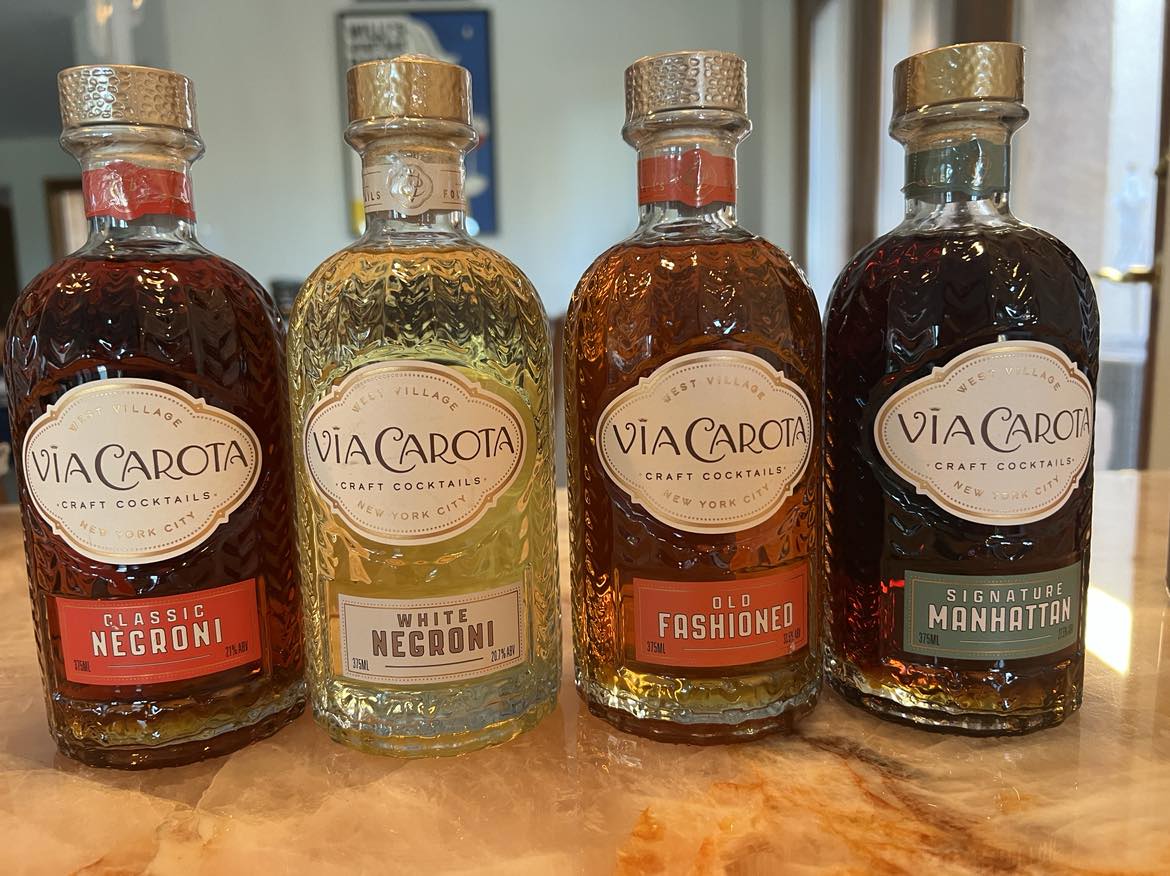
If I were to ask you if you would like a glass of Kisi, Saperavi, Kindzmarauli, Khvanchkara or Tvishi you would probably look at me a little strange. Last week I was asked, by Vic Herstein of All Corked Up (ACU), to sample some wines from the Republic of Georgia. Greg Alonzo and Doug Lexa of Terrel Wines were there to pour some of these very unique and different wines at the Wednesday night ACU wine tasting.
The Republic of Georgia lies between the Black and Caspian Seas and borders on Turkey, Russia and Armenia. Many archaeologists believe that this is the location where the first cultivated grapevines and neolithic wine production began over 7000 years ago.
Through various archaeological findings, it has been discovered that winemaking was at a very advanced state long before Christ was born. The majority of these wines were used during various religious ceremonies with the beginning of Christianity at the start of the 4th Century. In the 11th Century, further advancements in winemaking provided noted improvements in the wines from these regions. These advancements included stone and wooden wine presses and large double-walled clay jugs known as Kvevri. The Kvevri is buried in the ground providing better temperature control of the wine must (grape juice and skins) during the fermentation process. Some of these clay jugs are huge in dimensions holding up to 1,000 gallons.
Kvevri
When the grapes are crushed, the juice, skins and stems are all placed into the Kvevri. The “must” is then stirred frequently during the fermentation process. Once the fermentation process has been completed, the wine is transferred to oak barrels for aging.
Tasting the wines from the Republic of Georgia was very interesting. Most were dry to the palate much like one would find in French style wines. I wanted to say old world style except my perspective has changed on what is old world due to the fact the wines from the Republic of Georgia date back to a time before Christ was born. This is something to think about when you are opening a French Bordeaux or Italian Barolo and ask yourself, “Are they really old world?”
What I liked (for my palate) was that they were not overly extracted fruit bombs like the wines from the Paso Robles region of California. The flavors did not linger for an extended amount of time on the palate, but presented a very nice approach for a wine. Just like French and Italian wines, they are not high in alcohol content. Greg mentioned that a good goat cheese would really highlight some of these wines. I look forward to trying these wines again with a selection of cheeses.
Below is the list and descriptions of the ones that the fine folks from Terrell Wines shared with us.
Teliani Valley (Estate grown)
· 2007 Tsolikouri (Dry White) – 100% Tsolikouri grape
· 2007 Saperavi (Dry Red) – 100% Saperavi grape
Mildiani (Estate grown)
· 2006 Katsiteli (Dry White) – 80% Rkatsiteli and 20% Mtsvane grapes
· 2005 Saperavi (Dry Red) – 100% Saperavi grape
Vinoterra (Estate grown)
· 2007 Tsinandali (Dry White) – 80% Rkatsiteli and 20% Mtsvane grapes
· 2003 Saperavi (Dry Red) – 100% Saperavi grape
Bagrationi 1882
· Classic Brut & Classic Extra Dry (Sparkling) – 40% Chinuri, 40% Tsitska and 20% Mtsvane
· Reserve (Sparkling) – 50% Chinuri, 30% Tsitska and 20% Mtsvane
· Royal Cuvee (Sparkling) – 100% Chinuri
The opportunity and experience of trying such unique wines has inspired me to look for other wines from this region. Think of how much fun it would be to have some of your wine friends over for a steak dinner and pour them a glass of Saperavi. It would be the highlight of the night. As I always tell my Grape of the Night folks, expand your horizons. There are many different and fantastic wines to try. Be bold, give them a try, they may surprise you.
Cheers,
Rusty Sly










